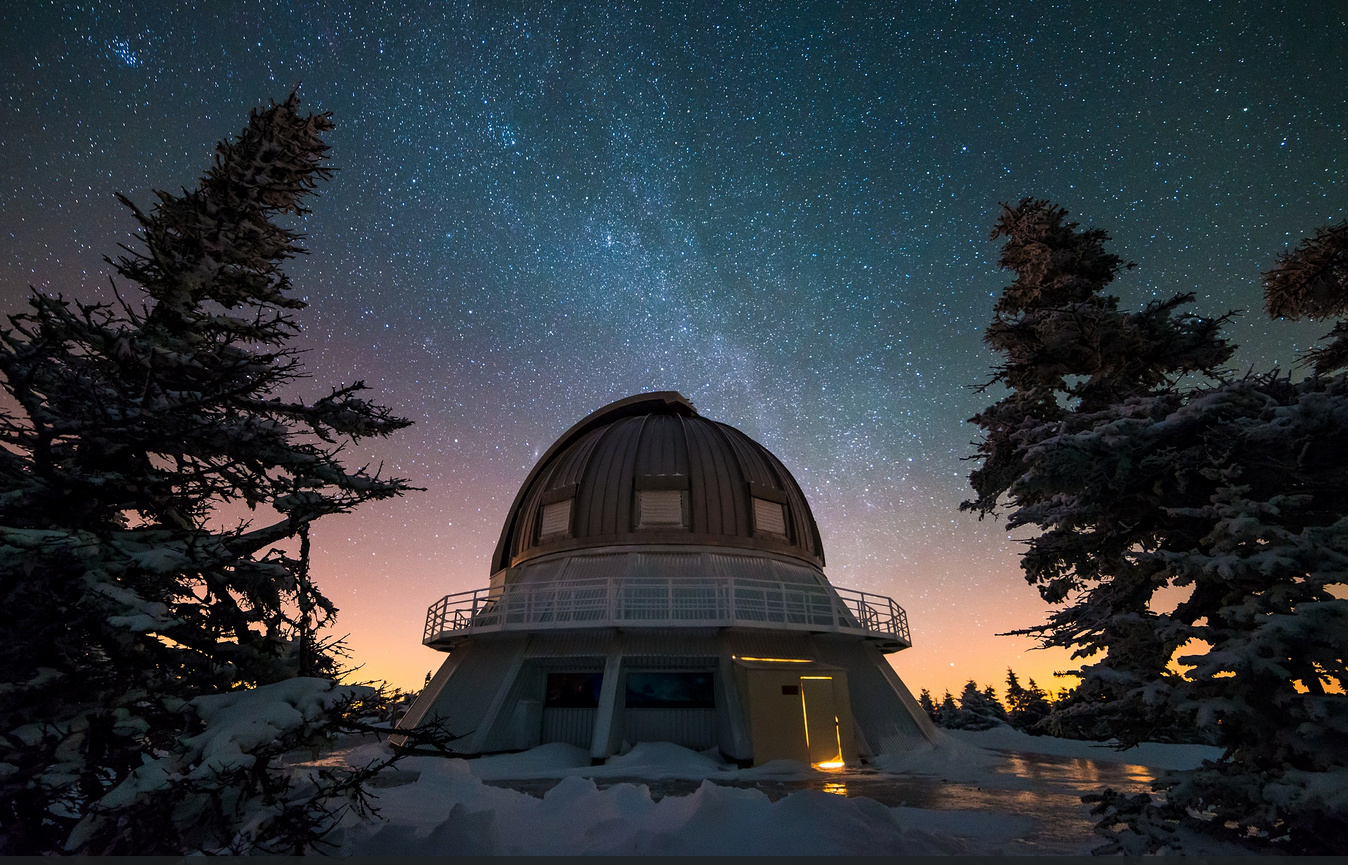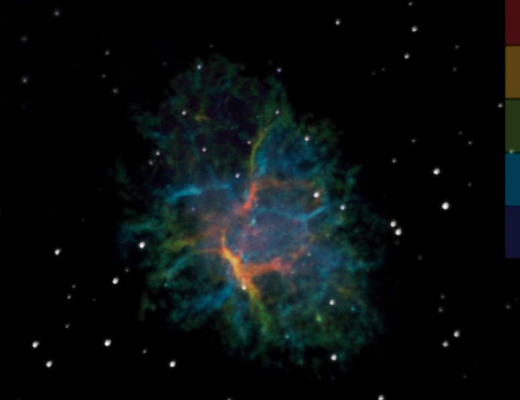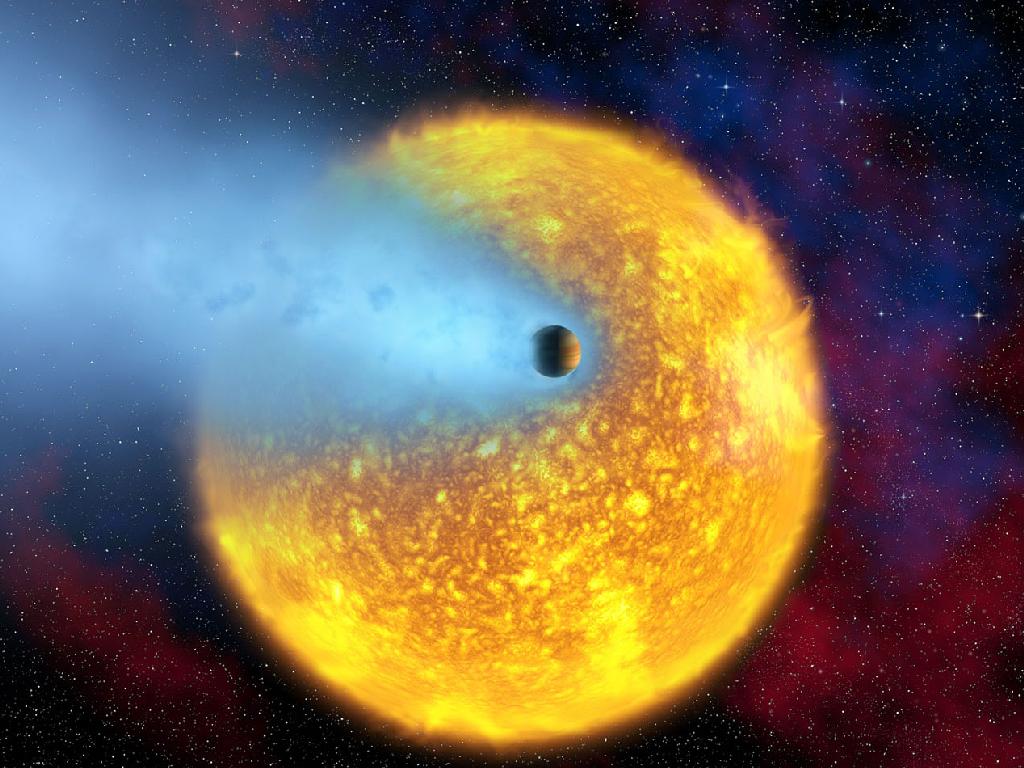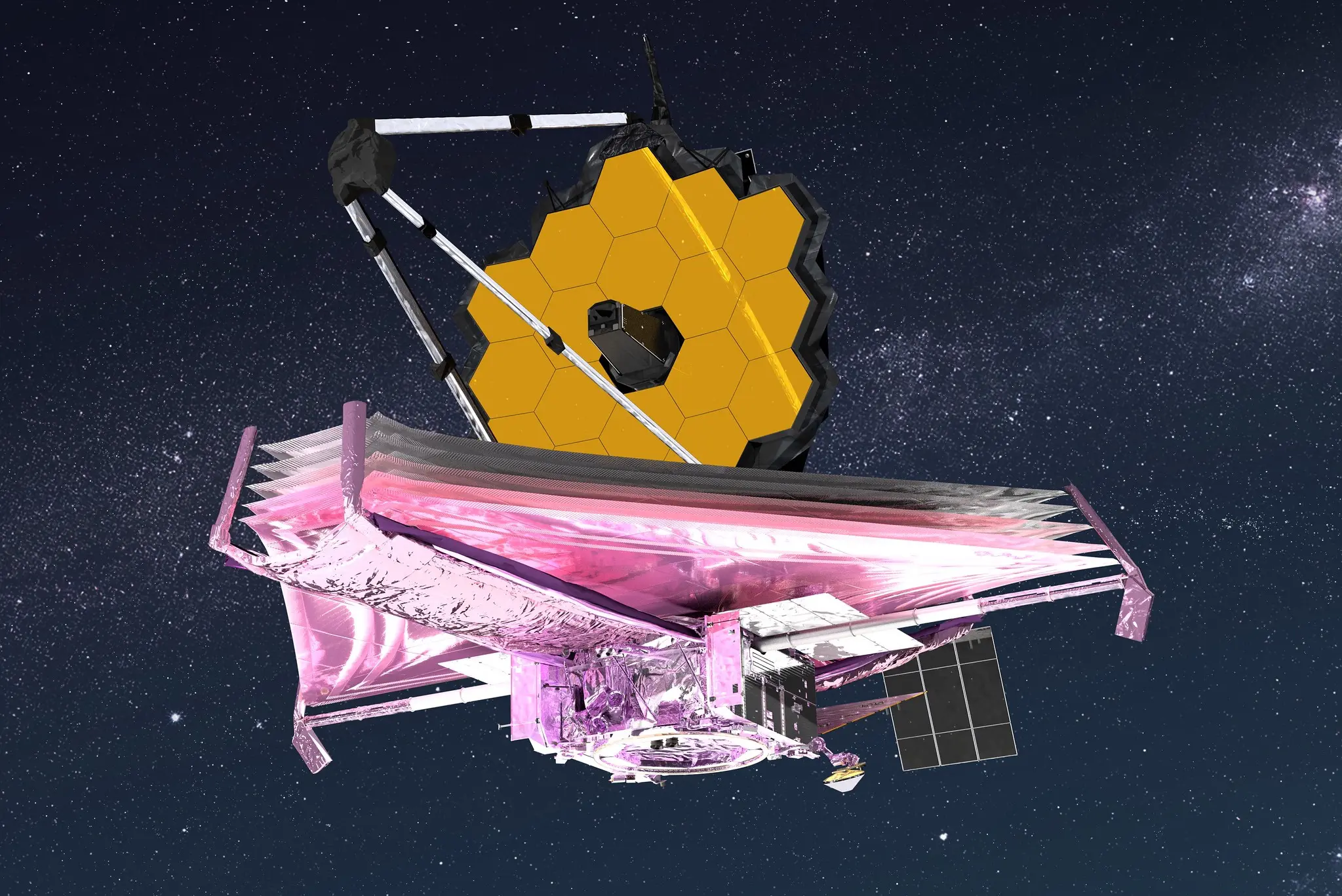Happy Birthday, Dear OMM!

In 2018, the Observatoire du Mont-Mégantic (OMM) celebrates its 40th anniversary. It was in April 1978, during the night of the 27th to the 28th precisely, at 9:30 a.m. on April 27, that the first photons officially “touched” the 1.6 m main mirror of the Richtey-Chrétien telescope at Mégantic. The moment was immortalized by a “Cordon Rouge” Magnum bottle still on display at the Astronomers’ Pavilion. It must have been with reddened eyes that the pioneers of astrophysics in Quebec: professors from Université de Montréal and Université Laval, accompanied by technicians and the “astronomical engineer”, harvested the first glimmers of their efforts through the telescope’s eyepiece.
Over the past 40 years, the OMM has become more than a telescope. Jointly managed by Université de Montréal and Université Laval, the telescope is dedicated to fundamental astrophysical research. It is also an infrastructure that brings together experimental astrophysics laboratories located on the campuses of both universities, and the telescope at the summit of Mont Mégantic, in the International Dark Sky Reserve established in the Eastern Townships in 2007 – a world first in an urban environment.
In addition to its research and instrument development missions, the OMM also provides training. The OMM welcomes numerous graduate students and trains highly qualified personnel active in industrial, university and government research, teaching and communications. Finally, the OMM is very active in the fields of education and science popularization. With the ASTROLab in Mont-Mégantic National Park, it attracts over 20,000 visitors to this region of Quebec every year. The economic spin-offs (especially in terms of tourism and recreation) are estimated at several million dollars. Over the past 40 years, Mégantic has welcomed almost a million visitors.
OMM staff are dedicated to enhancing its telescope and designing cutting-edge astronomical instrumentation not only for its own telescope, but also for major national and international observatories, both on the ground and in space. These projects are carried out in close collaboration with high-tech companies in Quebec (ABB Bomem, INO, nüvü Camēras, etc.) and Canada (COM DEV), the Canadian Space Agency, the National Research Council of Canada, Canadian universities and various international partners: NASA, the European Space Agency and several academic institutions in the United States and Europe. OMM researchers are leaders in major fundamental and instrumental research projects on the international scene. The first photograph of an extrasolar planet system in 2008, for example, was a major scientific breakthrough with strong roots in OMM’s instrumental development. Another example is the development of infrared astronomy, pioneered by the OMM, which contributed significantly to Canada’s participation in the James Webb Space Telescope.
It would be impossible to name the long list of men and women of science who have contributed to the OMM’s successes. To all of you, your know-how, expertise, research, dedication and passion for the OMM are invaluable, and the OMM will always be grateful to you. Nor would we wish to overlook the many astronomy enthusiasts who literally saved the OMM from extinction in 2012 by voicing their displeasure as our main source of funding disappeared. Clearly, astronomy in Quebec has a special place in people’s hearts. It is thanks to this support, among others, that the OMM finds the strength to continue its mission of teaching, training, dissemination and research.
In the coming weeks, the program of 40th anniversary activities will be available on the OMM website, including conferences, exhibitions, tours and more.
To all of you, we ask you to raise your glass with us and sing, “Happy birthday to you! Happy birthday to you! Happy birthday dear OMM!…”


